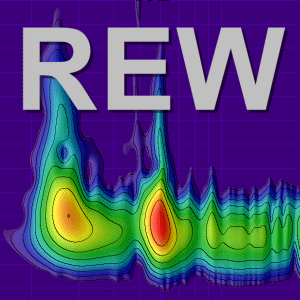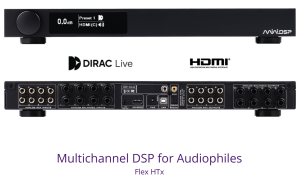dark25.mc
Registered
Thread Starter
- Joined
- Feb 20, 2023
- Posts
- 3
More
- Main Amp
- Onkyo A9010
- DAC
- Focusrite Scarlett 6i6 2nd gen.
- Computer Audio
- MacBook
- Streaming Subscriptions
- Qobuz
- Front Speakers
- Wharfedale Mach 9
Hello, I’m Marco and I take my REW measurements with: my MacBook, Umik-1 microphone, my Focusrite Scarlett 6i6 second gen. connected with the coaxial cable to my Onkyo A9010 amplifier and my Wharfedale Mach 9 loudspeakers.
Recently taking new measurements, I noticed on REW All SPL & impedance graphic a strange behavior in lowest frequencies department.
From 60 Hz down there is a decay of frequency curve compared to my old measurements than a month ago.
I changed nothing in my listening room: such as loudspeakers or furnitures, ecc…
I examined carefully REW to know each single function well and to be sure that I have not mistaken some setting. So I decided to take new measurements with only the single channels, L and R and the frequency curve response of the single channels from 60 Hz down is higher than exactly should be, identical to my old measurements, taken only on both channels, L+R.
If I take new measurements as usual with both channels L+R, the frequency curve is again below 60 Hz.
In addition, according to my recent measurements with just the single channels L and R and with my friend suggestion I checked the connection phase of my loudspeakers and everything is ok.
I decided to make an attempt, a further test, reversing just one loudspeaker phase and listening some music I noticed that from the other loudspeaker, the in phase one, the lowest frequencies were suddenly more presents as never before, it seemed like a bass booster and woofer went down very much.
Maybe there is a sound waves phase shift due to wrong loudspeakers position: a delay or an advance between a loudspeaker and the other one can provoke waves bouncing, they come late and the frequencies themselves emitted from the loudspeaker are reduced.
Finally, I have some questions about how REW works.
How do I take the measurements? With both channels or the single channels separately?
While I was taking the measurements, I understood what reference output do: the sweep starts from the reference loudspeaker and it ends to the channel test.
I would like to understand what is the output reference useful for? Is it necessary for the measurements or can I avoid it?
Among the options there’s also the possibility to take measurements without reference output, disabling the timing reference the sweep is just emitted from the indicated channel.
I attach REW measurements files: an old measurement L+R only and recents ones, L, R and L+R too.
Recently taking new measurements, I noticed on REW All SPL & impedance graphic a strange behavior in lowest frequencies department.
From 60 Hz down there is a decay of frequency curve compared to my old measurements than a month ago.
I changed nothing in my listening room: such as loudspeakers or furnitures, ecc…
I examined carefully REW to know each single function well and to be sure that I have not mistaken some setting. So I decided to take new measurements with only the single channels, L and R and the frequency curve response of the single channels from 60 Hz down is higher than exactly should be, identical to my old measurements, taken only on both channels, L+R.
If I take new measurements as usual with both channels L+R, the frequency curve is again below 60 Hz.
In addition, according to my recent measurements with just the single channels L and R and with my friend suggestion I checked the connection phase of my loudspeakers and everything is ok.
I decided to make an attempt, a further test, reversing just one loudspeaker phase and listening some music I noticed that from the other loudspeaker, the in phase one, the lowest frequencies were suddenly more presents as never before, it seemed like a bass booster and woofer went down very much.
Maybe there is a sound waves phase shift due to wrong loudspeakers position: a delay or an advance between a loudspeaker and the other one can provoke waves bouncing, they come late and the frequencies themselves emitted from the loudspeaker are reduced.
Finally, I have some questions about how REW works.
How do I take the measurements? With both channels or the single channels separately?
While I was taking the measurements, I understood what reference output do: the sweep starts from the reference loudspeaker and it ends to the channel test.
I would like to understand what is the output reference useful for? Is it necessary for the measurements or can I avoid it?
Among the options there’s also the possibility to take measurements without reference output, disabling the timing reference the sweep is just emitted from the indicated channel.
I attach REW measurements files: an old measurement L+R only and recents ones, L, R and L+R too.














